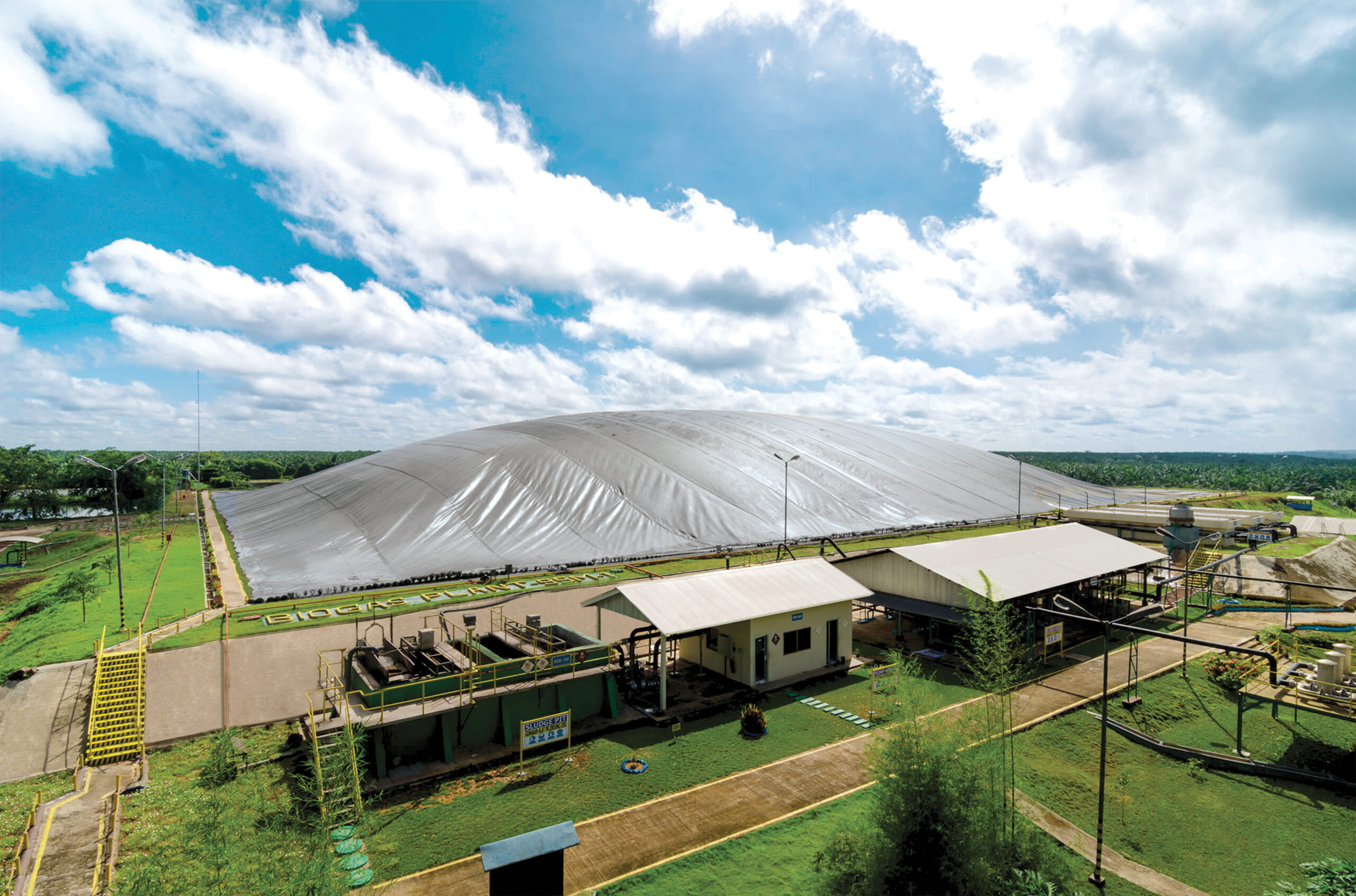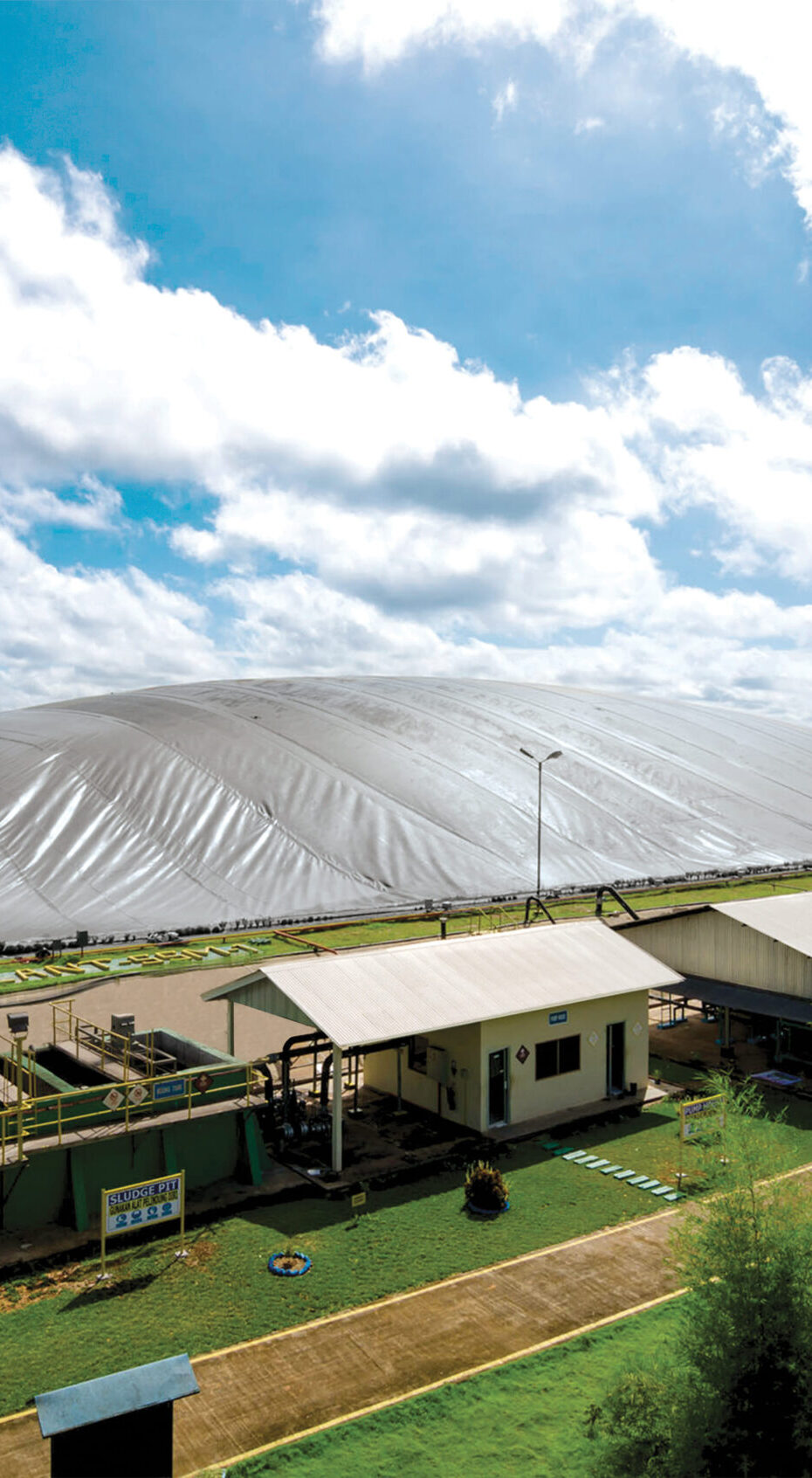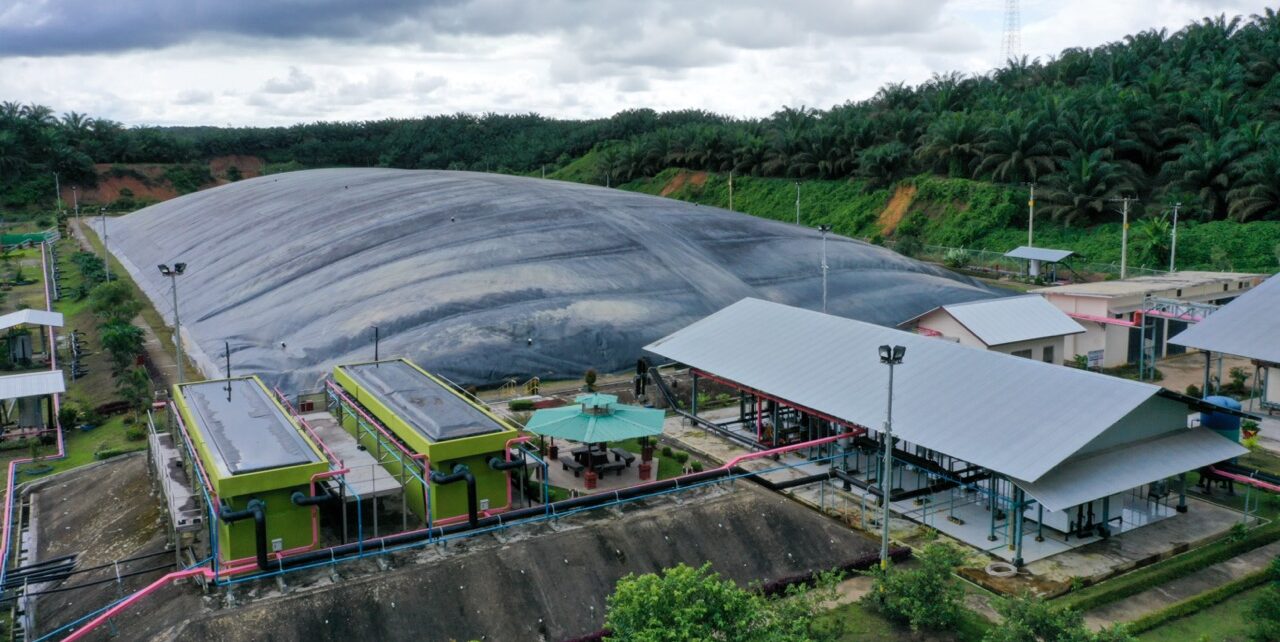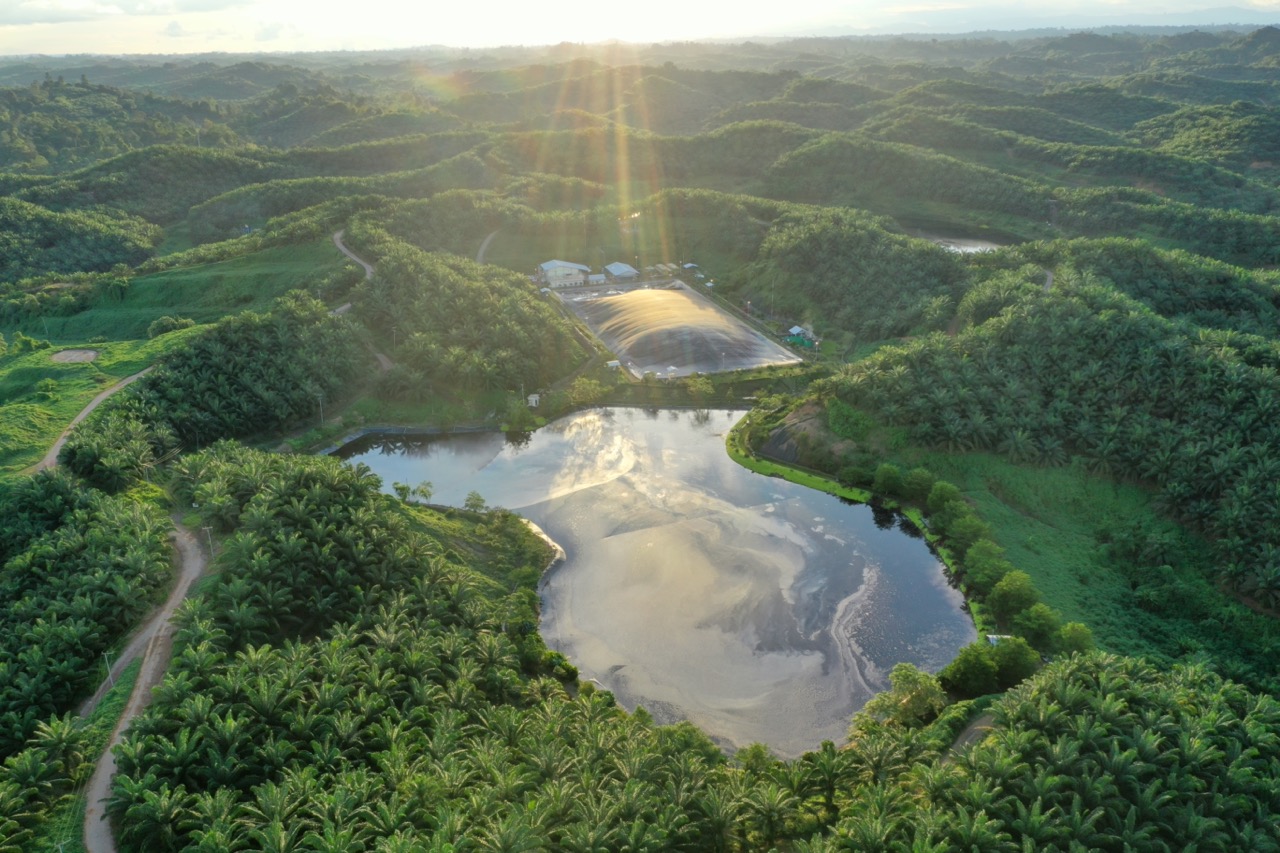Scope 1 and 2 Emissions
Scope 1 emissions encompass direct emissions from sources within a company’s control (e.g., combustion in owned or controlled boilers and furnaces). In the palm oil industry, these can arise from various sources, such as plantation soil management, combustion of biomass for generating steam and electricity in processing facilities, fuel combustion for vehicles and equipment across plantations, mills, and refineries, land-use change from the company’s palm oil operations, and transportation of harvested palm fruits from lorries or ships owned by the company.
As for Scope 2, these are indirect emissions resulting from purchased energy, such as the generation of purchased electricity, heat, or steam consumed by a company. In our operations, scope 2 emissions arise from using grid electricity and steam for processing facilities or other operations in the palm oil industry.
The emissions from direct sources controlled by Musim Mas (Scope 1) and indirect emissions from purchased electricity and steam used to operate our facilities (Scope 2) contributed to approximately 9% of the Group’s baseline year emissions.
Scope 3 Emissions
Most GHG emissions in many sectors fall under Scope 3 emissions, which are indirect emissions from a company’s value chain stemming from upstream and downstream activities (e.g., emissions from suppliers, contractors, and their goods and services). These are beyond a company’s operational control. While these are sources where we would have lesser influence in emission management, we recognize that accounting for GHG emissions across our supply chain is a crucial step.
We model and account for our Scope 3 emissions against the GHG Protocol guidelines. Based on the preliminary results of our baseline year, a majority of Group emissions come from Scope 3 emissions, contributing to more than 90% of the total emissions.
Products
Applications
Products
Applications





